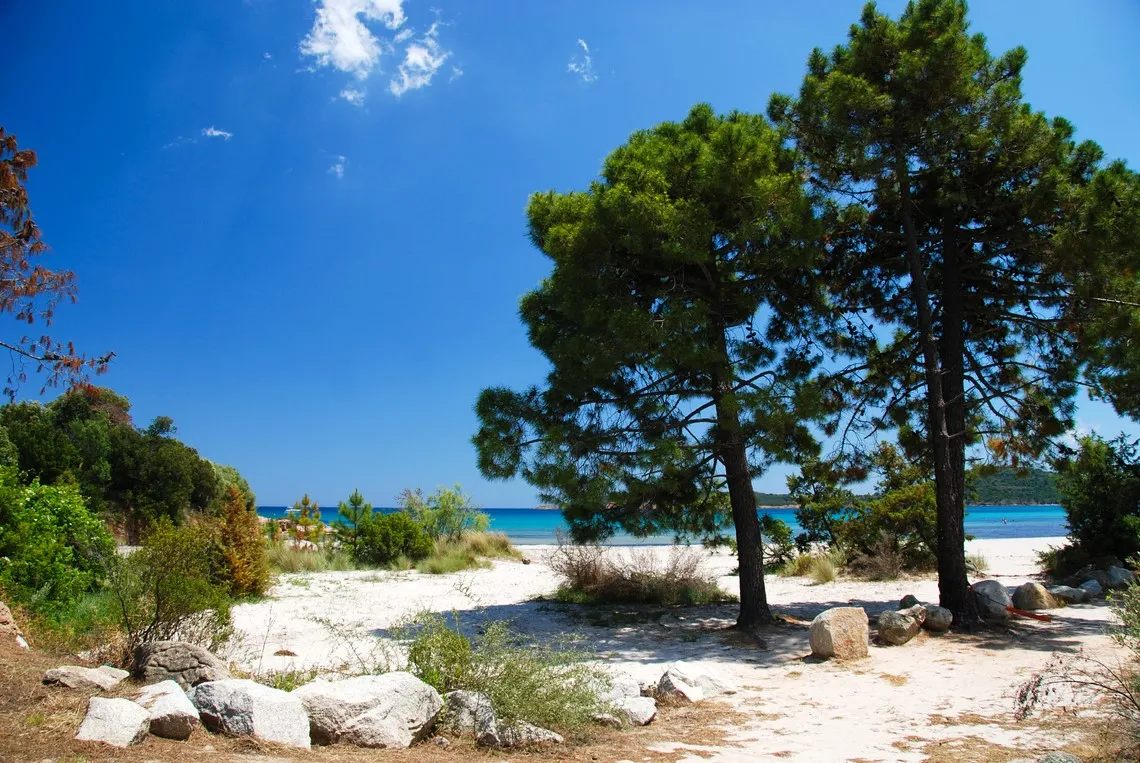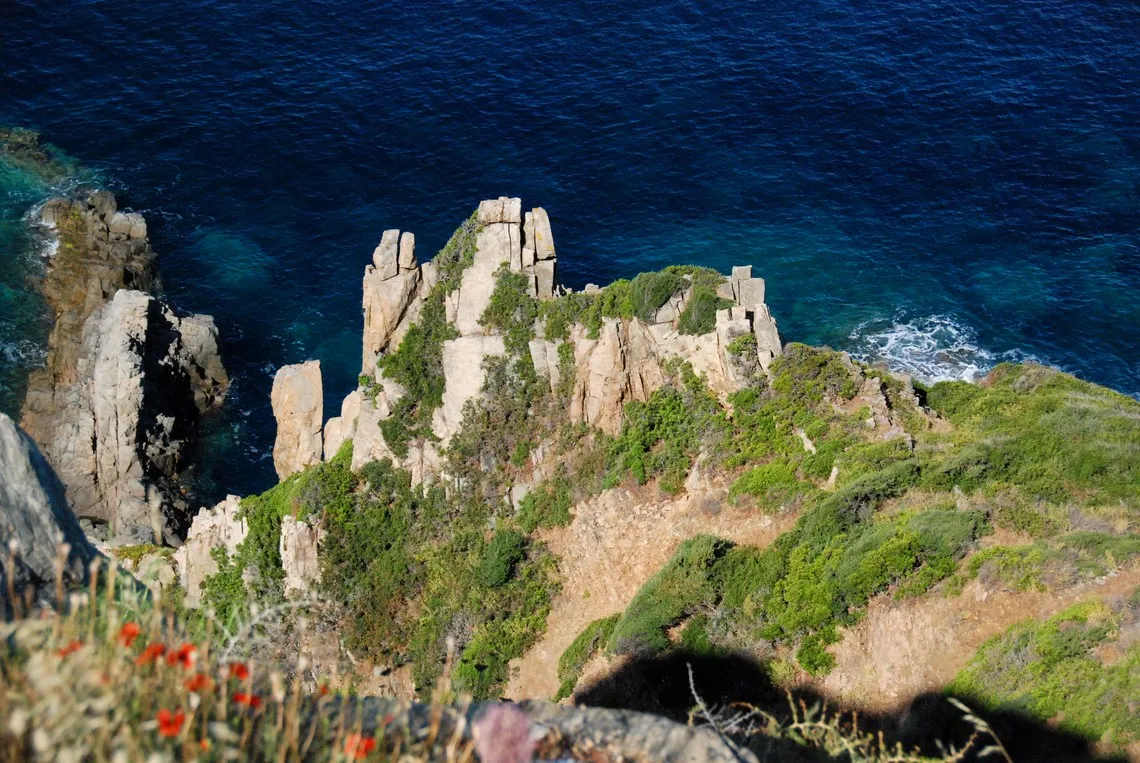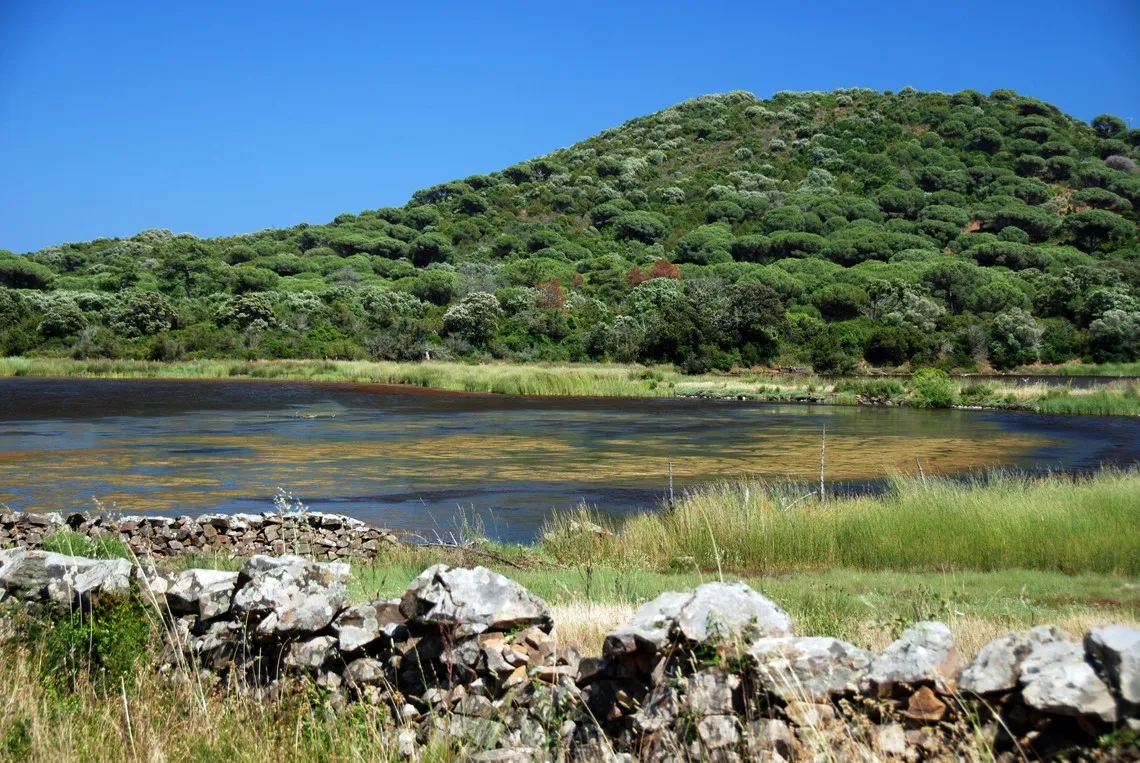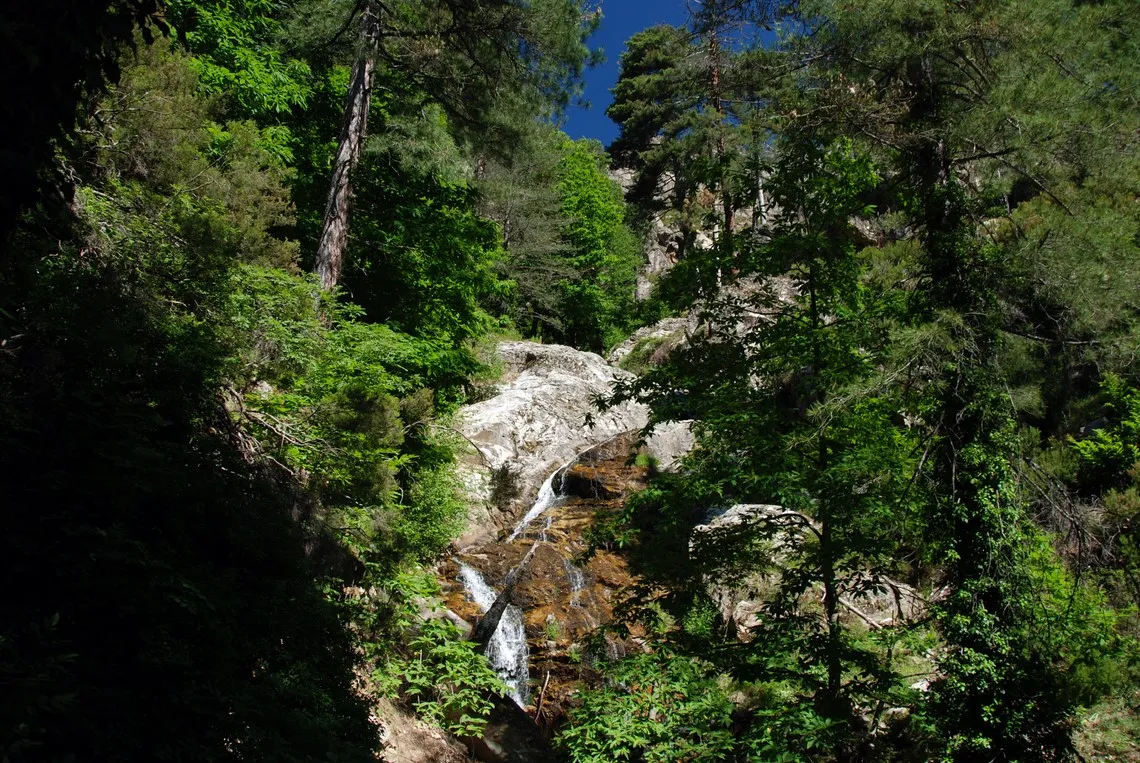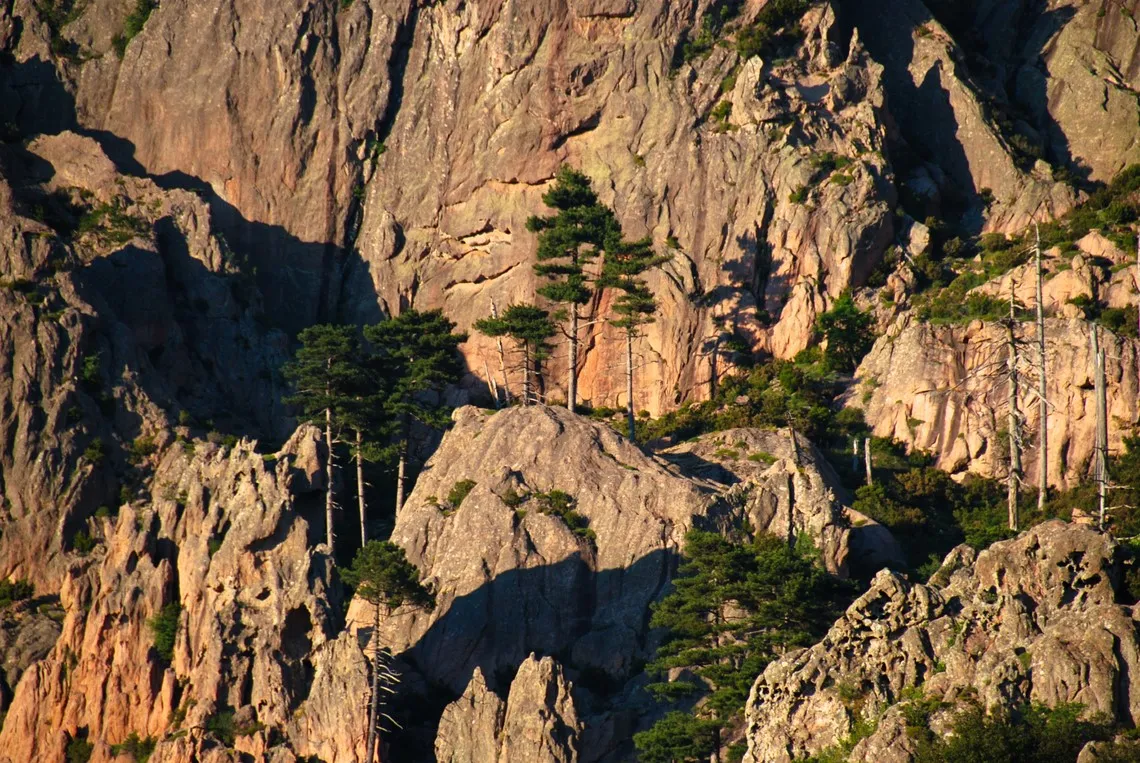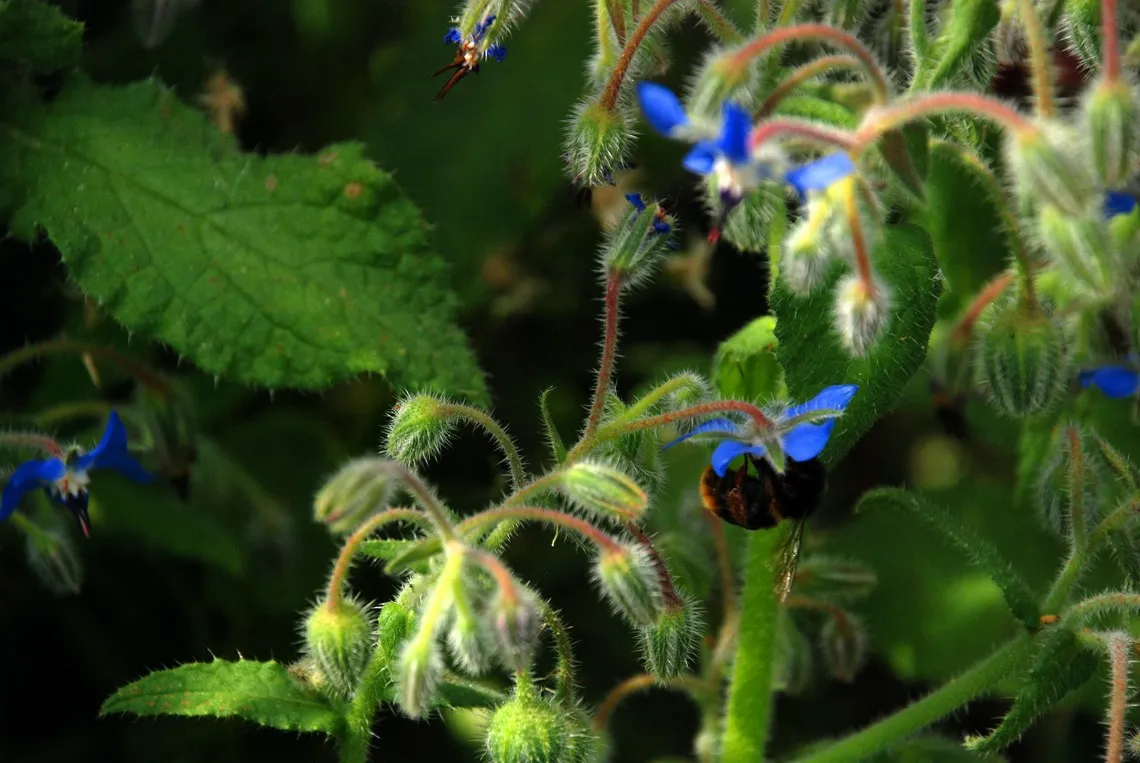Corsican flora
A rich and unique Corsican flora, 2500 wild and endemic plants.
From point zero at sea level to the summit of Monte Cinto at 2706 m, several layers of vegetation succeed one another, making Corsica an exception in the Mediterranean. The insularity, heterogeneity and diversity of habitats over short distances has resulted in a rich and contrasting Corsican flora.
History too, has played its part. The massive export of wood in antiquity destroyed most of the forest, which has now been replaced by the ubiquitous maquis scrubland. The vine, the olive tree and the fig tree were introduced into Corsica by the Greeks, the chestnut tree by the Genoese. The clementine only first appeared during the 20th century.
22500 plant species are present on the island, including 140 endemic to Corsica and 80 endemic to Corsica and Sardinia. Isolation has created some original characteristics in more common species found elsewhere.
The flora of the Corsican coastline
Mediterranean flora thrives on the warm slopes of the Corsican coast, where exotic flora (prickly pear, tamarisk, American agave, aloe, eucalyptus... ) cohabits with garrigue and maquis plants (Phoenician juniper, wild olive tree, juniper, mastic tree, pine, thyme, rosemary, rockrose, lavender, oak, clematis, tree heather, myrtle, asphodel, fennel, immortelle...).
On the dune, you will find specific plants adapted to the sea spray, wind and high temperatures: maritime diotis, sea criste, sand daisy, sea rocket, cytis, panicaut, sporobole, trefoil, sea alfalfa, horned poppy, cinerary ragwort, royal mallow, maritime antemi...
The Corsican maquis scrubland
Lower than a forest and always green, the maquis covers 40% of the island. It grows up to about 1000 m. Dense, fragrant, invasive, bushy and thorny, it colonises abandoned soils. It is mainly composed of strawberry tree, heather, rockrose, calicotome, immortelle, myrtle, thyme, rosemary, mastic, asphodel, cyclamen, clematis, sarsaparilla, honeysuckle, bramble and holm oak. Lost in the maquis you can find cork oaks or olive trees, vestiges of ancient cultures.
The maquis is the habitat of wild animals but also of mushrooms in the autumn. More than 500 species can be discovered in the undergrowth: agarics, boletus, summer chanterelles, milkcaps, amanita, sweet tooth, morels, sarcodons, parasols, oyster mushrooms, russulas, black chanterelles, winter chanterelles and the famous bronze bolete (dark cap) with its dense and fragrant flesh.
Mountain flora
Isolated or in forests, numerous species populate the mountains: endemic laricio pine, holm oak, sessile and pubescent oak, yew, maritime pine, beech, fragrant alder, fir, cedar, crocus, hellebore, foxglove, small lily of the valley...
From 2000 m, the flora contracts to give way to dwarf shrubs (dwarf juniper, vinette thorn) and natural meadows studded with springs, called pozzines, where a specific flora develops: mattgrass, sedge, rush, wing-leaf buttercup, English cinquefoil, snow daisy...
Some endemic flowers to discover
You can encounter many wild flowers while walking in Corsica. They line the paths, bloom in the dunes, brighten up the meadows or grow in the undergrowth sheltered from the light. Certain species of flowers have developed in a way specific to the island, creating endemic varieties that cannot be found anywhere else: crocus (crocus corsicus, the Corsican saffron), orchids (Conrad's ophrys, Nurra's orchid). ), naked ladies, violet, romulea, aconite (wolf´s bane), garlic, columbine, daisy, cyclamen, carnation, foxglove, immortelle, St. John's wort, oxeeye daisy, forget-me-not, mint, catnip, buttercup, ... and Corsican butterwort (pinguicula corsica), a small endemic carnivorous plant with pretty purple flowers found in the pozzine meadows at high altitudes.













